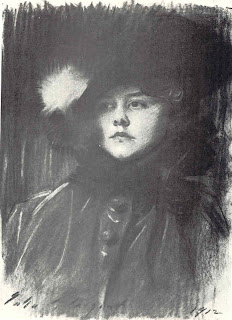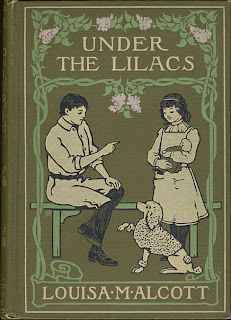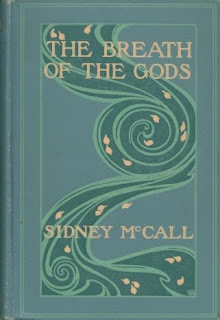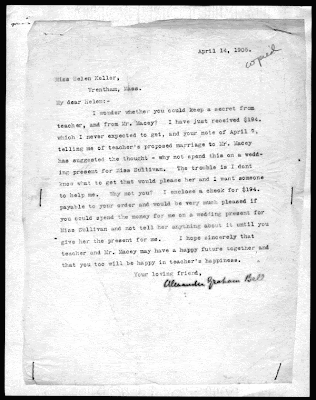
1905 was an exciting time in the world of American popular music, with new inventions and new styles rapidly changing rules and tastes.
The first gramophone, playing 78 rpm records, was introduced by Emile Berliner in 1887. This machine was a big improvement on Edison's wax cylinder phonograph, since it could play almost four minutes of music.
When the sheet music for After the Ball was published in 1892, it sold a million copies, and this phenomenon is often credited as being the beginning of American commercial "popular music". Billboard Magazine started publishing charts of music sales in 1894.
 The sheet music for Scott Joplin's Maple Leaf Rag was published in 1899 and become another million-copy seller--the first piece of instrumental music to achieve this status. The Cakewalk, a syncopated couples' dance, and the first black dance to be adopted by white audiences, became wildly popular in 1900.
The sheet music for Scott Joplin's Maple Leaf Rag was published in 1899 and become another million-copy seller--the first piece of instrumental music to achieve this status. The Cakewalk, a syncopated couples' dance, and the first black dance to be adopted by white audiences, became wildly popular in 1900.Emile Berliner founded the record label Victor Talking Machines in 1901, the same year that the first 88-key player piano was built by Melville Clark.
Meanwhile, improvizational brass bands, and ragtime and honky-tonk blues piano players, were establishing themselves in the streets and clubs of New Orleans in the first decade of the century.
 American vaudeville was evolving into the American musical revue and the great American musical theatre. George M. Cohan introduced his first Broadway musical in 1901, and in late 1905 he was putting the finishing touches on Forty Five Minutes from Broadway, which would open on January 1, 1906. Flo Ziegfeld would debut his Follies in 1907.
American vaudeville was evolving into the American musical revue and the great American musical theatre. George M. Cohan introduced his first Broadway musical in 1901, and in late 1905 he was putting the finishing touches on Forty Five Minutes from Broadway, which would open on January 1, 1906. Flo Ziegfeld would debut his Follies in 1907.The "barbershop" quartet was just becoming popular; Sweet Adeline was first recorded by a quartet in 1904.
Irving Berlin was a saloon busker in the Bowery in 1905; he would go on to write Alexander's Ragtime Band in 1911.
In 1900, most Americans who were interested in popular music were interested in buying sheet music, and playing/singing at home. By 1910, Americans wanted to dance! In 1905, both trends were alive.
So what were the top charters in 1905? Here are a few you might still remember; all of these were listed in the Billboard top singles of 1905.
 Click here to hear a 1906 recording of Billy Murray singing Give My Regards to Broadway, from George M. Cohan's 1904 musical Little Johnny Jones. NOTE: You'll have to click once more when you get to the website; this was the only one of all the songs in this post where I couldn't make the "embed" code work.
Click here to hear a 1906 recording of Billy Murray singing Give My Regards to Broadway, from George M. Cohan's 1904 musical Little Johnny Jones. NOTE: You'll have to click once more when you get to the website; this was the only one of all the songs in this post where I couldn't make the "embed" code work.Click here to hear a 1905 recording of Arthur Collins singing Nobody, with music by Bert Williams and lyrics by Alex Rogers.
Click here to hear a 1912 recording of Billy Murray singing Erie Canal (Low Bridge, Everybody Down) by Thomas Allen. Around 1905, mule-powered barge traffic had converted to steam power and diesel was about to take over.
 Click here to hear a 1906 recording of Billy Murray singing In My Merry Oldsmobile by Gus Edwards and Vincent Bryan.
Click here to hear a 1906 recording of Billy Murray singing In My Merry Oldsmobile by Gus Edwards and Vincent Bryan. Click here to hear a 1906 recording of Byron G. Harlan singing Wait 'Til the Sun Shines Nellie with music by Harry Von Tilzer and lyrics by Andrew B. Sterling. (Harlan often recorded and performed with Arthur Collins.)
Illustration Credits and References
Helpful data on the origins of various forms of American music can be found on Piero Scaruffi's website. He's authored a number of books on American music, including A History of Popular Music and A History of Jazz Music.
Information on the history of New Orleans music was found at carnaval.com/no/
Wonderful images from the early years of American music can be found here.
Helpful data on the origins of various forms of American music can be found on Piero Scaruffi's website. He's authored a number of books on American music, including A History of Popular Music and A History of Jazz Music.
Information on the history of New Orleans music was found at carnaval.com/no/
Wonderful images from the early years of American music can be found here.

















